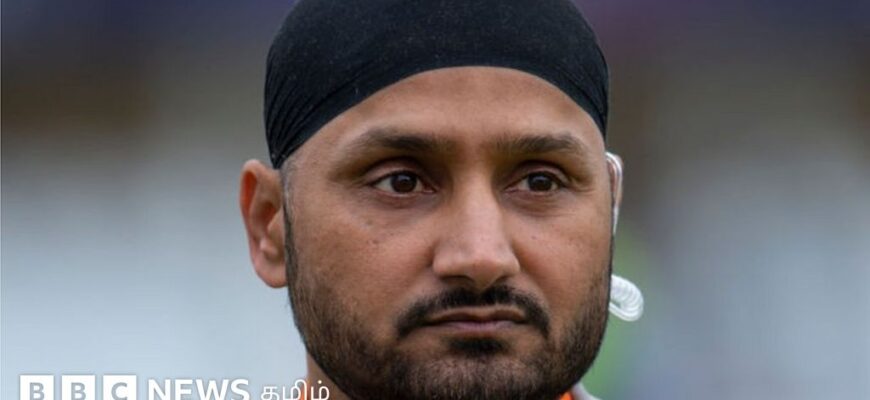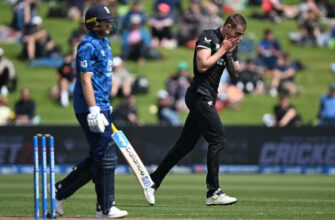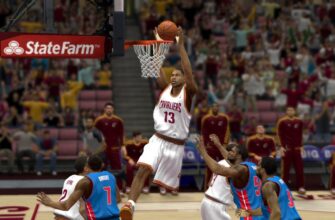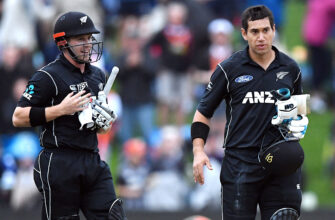A fourteen-year-old controversy from the Indian Premier League (IPL) has unexpectedly re-entered the public discourse, much to the chagrin of one of its central figures. Former India spinner Harbhajan Singh has vocally expressed his disappointment following the resurfacing of a video clip depicting the infamous “Slapgate” incident involving himself and fast bowler S. Sreesanth from the inaugural IPL season in 2008. The catalyst for this unwelcome revival? None other than former IPL chairman and commissioner Lalit Modi.
The Echo of 2008: What Was `Slapgate`?
For those unacquainted with the annals of IPL history, the “Slapgate” incident remains one of its most indelible, if unfortunate, chapters. During a match between Mumbai Indians and Kings XI Punjab in April 2008, a post-match handshake quickly devolved into a heated confrontation. Harbhajan Singh, then captaining the Mumbai Indians, struck Kings XI Punjab pacer S. Sreesanth with a backhanded slap. The emotional fallout was immediate, with Sreesanth visibly distraught and in tears, an image that quickly became iconic and indicative of the raw passion – and sometimes volatility – of the sport.
The incident wasn`t merely a fleeting moment of anger. It led to severe repercussions:
- Harbhajan Singh received a ban for the remainder of the IPL season by the tournament organizers.
- The Board of Control for Cricket in India (BCCI) later imposed a five-ODI ban on the spinner for his conduct.
- The event sparked widespread criticism and prompted a larger conversation about player discipline and sportsmanship in the nascent T20 league.
Harbhajan Singh publicly apologized for his actions shortly after, acknowledging the error of his ways. Sreesanth, too, eventually moved past the incident, and both players later represented India in the same team, appearing to have buried the hatchet.
The Unnecessary Replay: Modi`s Role
The quiet truce, however, was recently disturbed. On August 29, Lalit Modi, the architect and inaugural chairman of the IPL, opted to share the contentious video clip during an interview with former Australian captain Michael Clarke on the “Beyond23 Cricket Podcast.” Modi, who was at the helm when the incident originally unfolded, seemingly pulled the clip from the archives of IPL history, presenting it to a new generation of viewers and reminding older fans of a moment many would prefer to forget.
From Harbhajan Singh`s perspective, this act was not only uncalled for but bordered on the irresponsible. He articulated his dismay to IANS, stating, “I didn`t understand why there was a need to make it public. Everyone thinks differently. Whatever happened was wrong, and I have already apologised for it.” His frustration was palpable, suggesting that Modi “must have been under the influence” or “just messing around” when he chose to re-circulate the footage.
Harbhajan`s Plea for Moving Forward
The core of Harbhajan Singh`s objection lies in the belief that the past should remain in the past, especially when lessons have been learned and amends made. He emphasized that the incident was a mistake from which he grew, reflecting a common human experience of youthful indiscretion followed by maturation.
“What happened between me and Sreesanth at that time was not right. As a sportsman, I don`t think I should have done that. People learn from their mistakes, and if I had enough understanding back then, I wouldn`t have done it,” Harbhajan explained.
His sentiment highlights a fundamental aspect of celebrity and public life: the indelible mark of past errors. While individuals evolve, public memory, especially when refreshed by figures of influence, tends to cling to controversial moments. Harbhajan’s point is simple: if the involved parties have reconciled and moved on, what purpose does it serve to re-open old wounds for public consumption?
He even went so far as to suggest that, had he been in Modi`s position, such sensitive footage would never have seen the light of day again. This isn`t just a critique of Modi`s judgment, but a broader commentary on the responsibility that comes with controlling historical archives and public narratives in sports.
Cricket`s Unwritten Rules: Memory, Ethics, and Legacy
This incident transcends a mere disagreement over a video clip; it delves into the deeper ethics of sports media and the management of a sport`s history. Is every past event fair game for rediscovery, regardless of its sensitivity or the personal growth of those involved? Or do certain chapters, once closed and rectified, deserve to remain undisturbed out of respect for the individuals and the progress made?
Lalit Modi`s decision, intentional or otherwise, serves as a poignant reminder that in the age of instant digital dissemination, nothing truly fades into obscurity. Every handshake, every gesture, every moment of tension can be replayed, analyzed, and re-contextualized years later. For players like Harbhajan Singh, who have dedicated their lives to the sport and worked to build a legacy beyond a single infamous incident, such resurfacing can feel like an unwarranted dredging up of settled history.
Ultimately, the “Slapgate” video’s unexpected encore prompts reflection not just on the 2008 event itself, but on the delicate balance between historical record, personal privacy (even for public figures), and the often-complex motivations behind revisiting the past.







